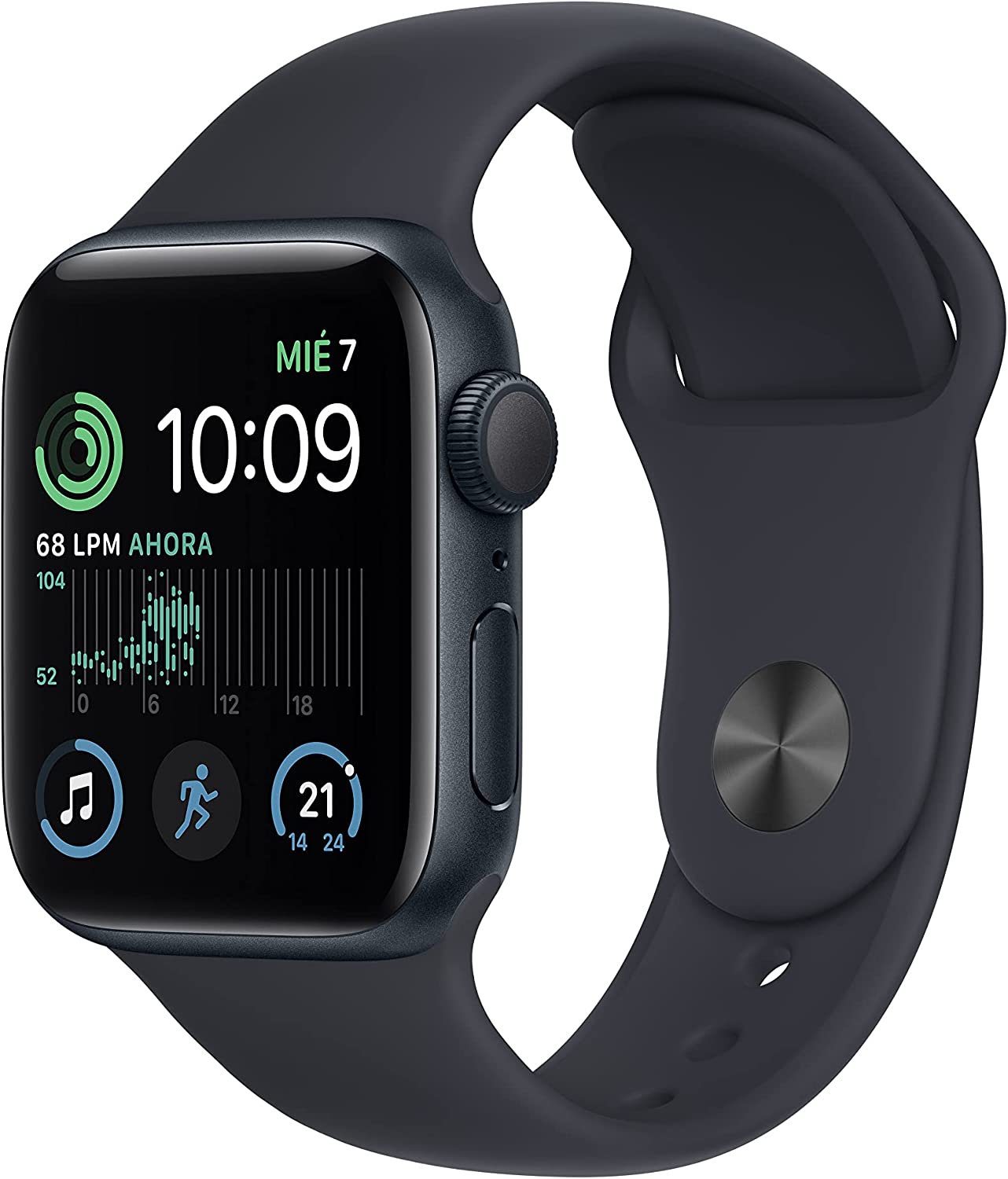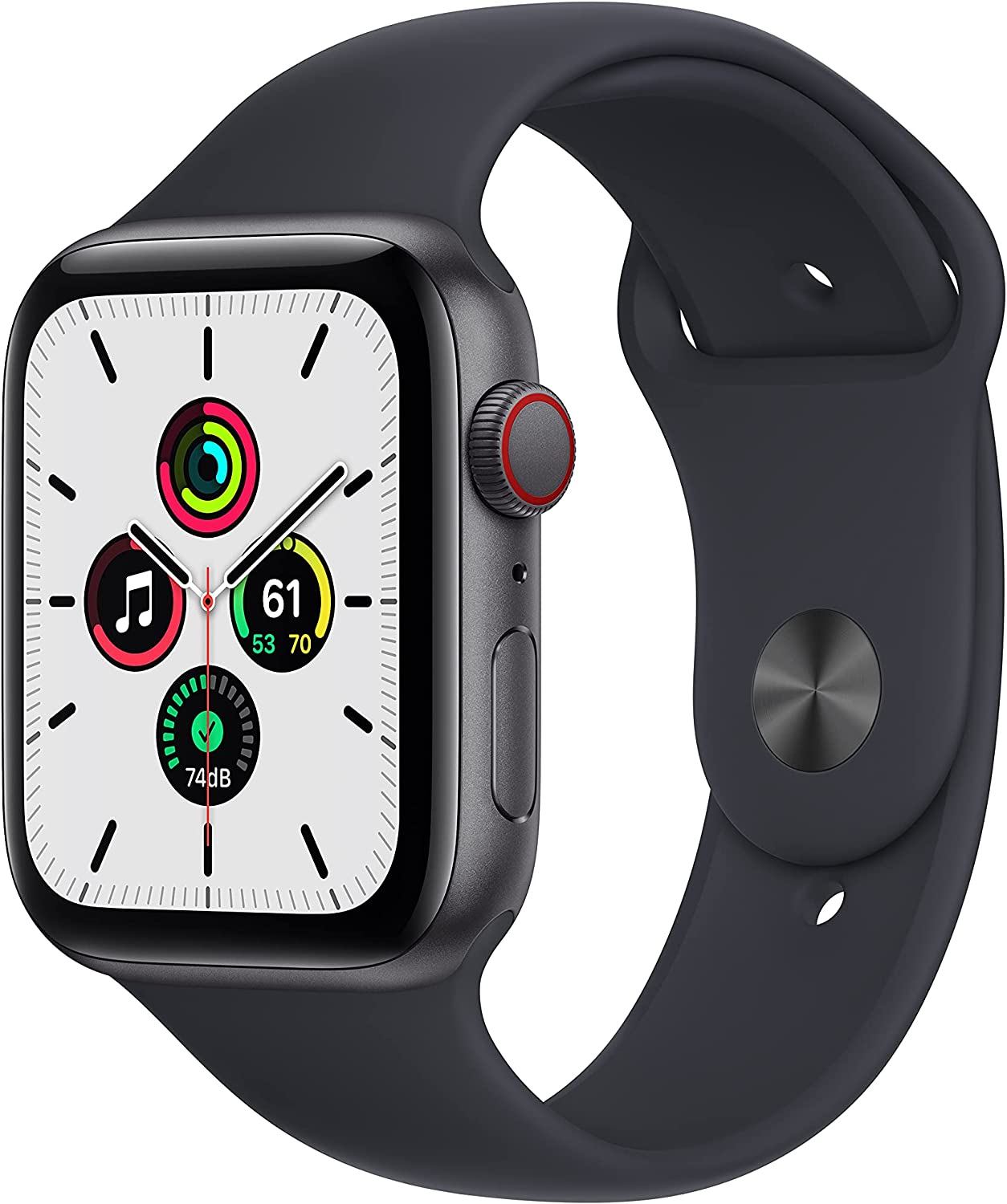We’ve all had that moment. You’re scrolling through the latest Apple drop, and there it is—the Apple Watch SE 2. Sleek, shiny, fresh… or so it seems. But then you start comparing it with the first-gen SE, and a tiny voice creeps in: “Wait a second… didn’t we already have this?” That’s exactly what hit us when we looked deeper. The SE 2 looks new, but under the surface, it’s more déjà vu than breakthrough. It’s that awkward second album from a band you loved—familiar riffs, slightly different lyrics, but is it worth the hype?
We dove headfirst into the comparison, not just glancing at the spec sheets but living with both watches on our wrists. We checked the designs, the feel, the performance, the features that actually matter on a day-to-day basis. And while the SE 2 throws in a couple of fresh tricks, we couldn’t shake the feeling that it’s mostly marketing smoke and mirrors.
So yeah, let’s talk about this. You’re eyeing the SE 2, maybe thinking of upgrading or buying your first Apple Watch. You want to know if it’s truly better, or just newer. Let’s break it down, point by point.
Design déjà vu from every angle
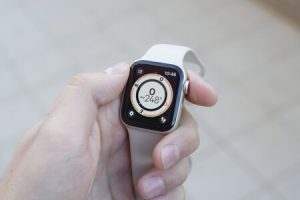
If you’ve worn the first Apple Watch SE, you already know exactly what the second one feels like. The size options remain the same: 40 mm and 44 mm cases with identical Retina OLED LTPO displays. No new colors, no premium materials, no visual wow-factor. It’s not bad, just… not different.
You’d expect at least a minor tweak—a slightly thinner bezel, maybe a new finish—but nope. Even the brightness and resolution are identical, with up to 1000 nits and a pixel density that’s untouched. You’re staring at the same screen, and it responds the same way. It’s like opening a new book and realizing it’s a reprint.
The only measurable difference? Weight. And we’re talking grams—the SE 2 shaves off a few milligrams, but it’s something only a scale could appreciate. On the wrist, there’s no noticeable change in comfort or presence. It still feels like a classic Apple Watch, and that’s both its strength and its stagnation.
A new chip that whispers, not shouts
Now, on paper, this is where Apple made the biggest move. The SE 2 steps up to the S8 chip, leaving behind the S5 used in the original SE. Sounds like a leap, right? But in day-to-day use? Let’s just say the hype doesn’t match the heartbeat.
Yes, apps open a bit quicker. Yes, navigating feels a touch smoother. The S8 is a 64-bit dual-core processor, technically more efficient and capable than the S5. But if you’re not running the watches side by side, the differences blur into the background. Most users won’t feel the “upgrade.” It’s like switching from a great espresso to a great espresso with one more bean—it’s still coffee, and it still works.
Both watches come with 32 GB of internal storage, so whether you’re syncing music, downloading podcasts, or running watchOS apps, there’s zero difference there. The hardware inside might be newer in the SE 2, but it doesn’t open up new possibilities—it just keeps pace.
Battery life that refuses to grow up
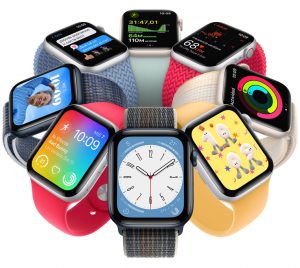
This part is honestly frustrating. You’d think a newer model would give us a bit more breathing room between charges. Not the case. Both the Apple Watch SE 2 and SE 1 are stuck at the same battery estimate: up to 18 hours of use per charge.
Now, 18 hours isn’t terrible if you’re the kind of person who takes it off every night. But if you’re into sleep tracking or wear your watch overnight, the daily charge becomes a chore. We kept wishing for that elusive two-day life, but nope—still tethered to the charger like it’s 2020.
Sure, fast charging helps. Both watches support Apple’s magnetic fast charger, getting you up and running in about an hour. And yes, water resistance is still there, rated up to 50 meters, so showers and casual swims are fine. But at this point, we expected more. Even a tiny bump in longevity would’ve felt like progress.
Connectivity differences that barely register
When it comes to staying connected, these watches are almost identical twins. They both support Wi-Fi, GPS, Apple Pay, and have built-in mics and speakers. You can take calls, stream music, and even use Siri without grabbing your phone. That experience is the same whether you go SE 1 or SE 2.
The SE 2 does offer Bluetooth 5.3, whereas the original SE runs on Bluetooth 5.0. In theory, that means slightly improved power efficiency and a more stable connection—especially handy with wireless earbuds. But unless you’re doing a scientific test, you’ll never notice the difference in real-world usage.
The one true addition is crash detection on the SE 2. That’s not just marketing fluff—it uses advanced sensors and algorithms to detect severe car accidents and automatically alert emergency services. It’s a serious feature that adds peace of mind, though one you hopefully never have to use. If safety’s your top priority, that might be the one reason to lean toward the newer model.
Features that mirror each other move for move
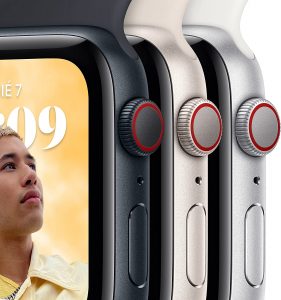
This is where the line between the SE 1 and SE 2 basically disappears. Fitness tracking? Identical. Heart rate monitoring? Same. Sleep tracking, timers, alarms, call handling, message notifications—it’s a clone scenario.
Neither model includes more advanced sensors like ECG or blood oxygen monitoring, which are still reserved for Apple’s higher-end Series and Ultra models. And you won’t find an always-on display here either—when you’re not looking, the screen goes dark. Some people don’t mind it, others miss the constant glanceability.
In short, the core experience of using either Apple Watch SE is indistinguishable. Whether you’re tracking a morning run, checking your heart rate during a meeting, or responding to a message on the fly, the tools in your wrist are the same.
Conclusion: the SE 1 still makes more sense—and saves you money
You know that moment when you realize you’ve just re-bought something you already had, but with slightly updated packaging? That’s how we felt with the Apple Watch SE 2. It’s not bad—it’s just not different enough to justify the jump.
What left us surprised, even a bit annoyed, is how little the user experience changes. The design is identical, the display hasn’t moved forward, and the features list is practically copy-pasted. Yes, the S8 chip is newer, but it doesn’t unlock anything new. Yes, crash detection is great, but it’s the only real standout.
Battery life hasn’t improved. And that, honestly, should’ve been a minimum expectation in 2025. We’re still charging every night, still juggling sleep tracking with power anxiety, still stuck with the same limits as years ago.
So unless you find the SE 2 at a steep discount or you really want crash detection, we’d say save your cash. The SE 1 gives you everything you need, performs nearly identically, and feels just as modern. It’s one of those rare cases where sticking with the original is not just smart—it’s logical.
Maybe next time, Apple will actually move the needle. Until then? We’re not buying into the number game.

